Government Initiatives and Support
Government initiatives are significantly influencing the ANZ Satellite Communications Market. Various policies aimed at enhancing digital connectivity, particularly in underserved regions, are being implemented. The Australian government has allocated substantial funding to improve satellite infrastructure, with a focus on expanding access to remote communities. This support is crucial, as it not only facilitates better connectivity but also encourages private sector investment in satellite technologies. The National Broadband Network (NBN) initiative, which includes satellite services, aims to provide high-speed internet to all Australians, thereby reinforcing the importance of satellite communications in achieving national connectivity goals.
Rising Demand for IoT Applications
The increasing adoption of Internet of Things (IoT) applications is emerging as a significant driver for the ANZ Satellite Communications Market. As industries such as agriculture, mining, and logistics seek to implement IoT solutions, the need for reliable satellite connectivity becomes paramount. Satellite communications offer the necessary coverage and reliability for IoT devices operating in remote locations. It is projected that by 2026, the number of connected IoT devices in Australia will exceed 1 billion, creating a substantial market for satellite services. This trend indicates a growing recognition of the role of satellite communications in supporting the expanding IoT ecosystem.
Advancements in Satellite Technology
Technological advancements are playing a pivotal role in shaping the ANZ Satellite Communications Market. Innovations such as high-throughput satellites (HTS) and low Earth orbit (LEO) satellite constellations are enhancing the capacity and efficiency of satellite communications. These advancements enable providers to offer faster data rates and lower latency, which are essential for modern applications. For instance, the introduction of LEO satellites is expected to reduce latency to below 20 milliseconds, making satellite communications more competitive with terrestrial options. As these technologies continue to evolve, they are likely to attract new investments and partnerships, further driving growth in the ANZ market.
Increasing Demand for High-Speed Internet
The ANZ Satellite Communications Market is experiencing a notable surge in demand for high-speed internet services. This demand is driven by the proliferation of digital services and the need for reliable connectivity in remote and rural areas. As of 2025, it is estimated that approximately 30% of the Australian population relies on satellite communications for internet access, particularly in regions where terrestrial infrastructure is lacking. This trend is likely to continue, as more businesses and individuals seek uninterrupted access to online resources. The increasing reliance on cloud-based applications and streaming services further fuels this demand, positioning satellite communications as a critical component of the digital landscape in ANZ.
Strategic Collaborations and Partnerships
Strategic collaborations and partnerships are becoming increasingly prevalent within the ANZ Satellite Communications Market. Companies are recognizing the value of joining forces to enhance service offerings and expand market reach. Collaborations between satellite operators and telecommunications providers are particularly noteworthy, as they enable the integration of satellite services into broader communication solutions. These partnerships can lead to improved service delivery and customer satisfaction, as well as the development of innovative products tailored to specific market needs. As the competitive landscape evolves, such strategic alliances are likely to play a crucial role in shaping the future of satellite communications in the ANZ region.



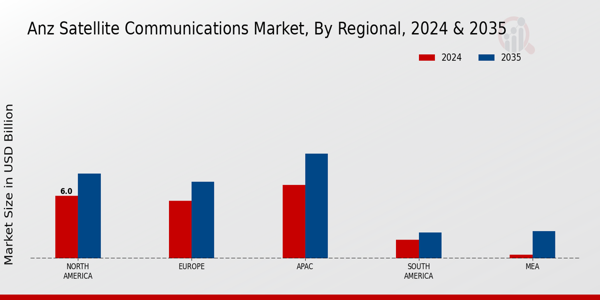
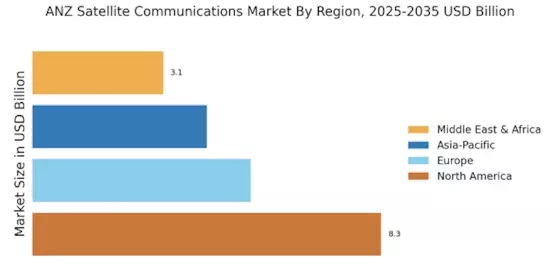



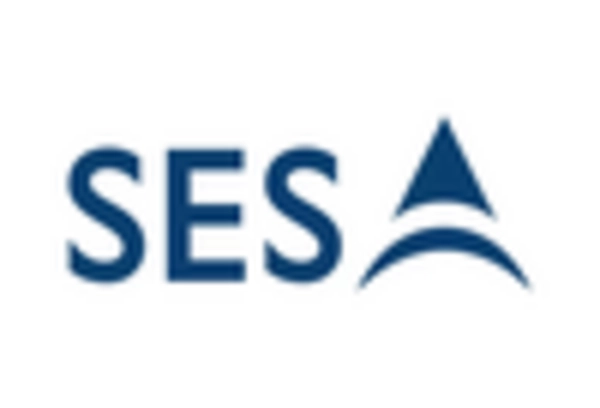
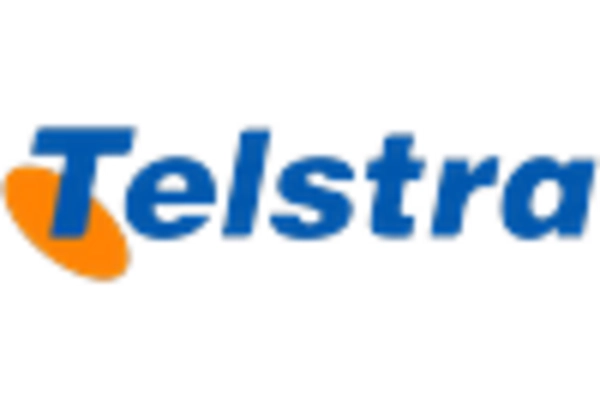
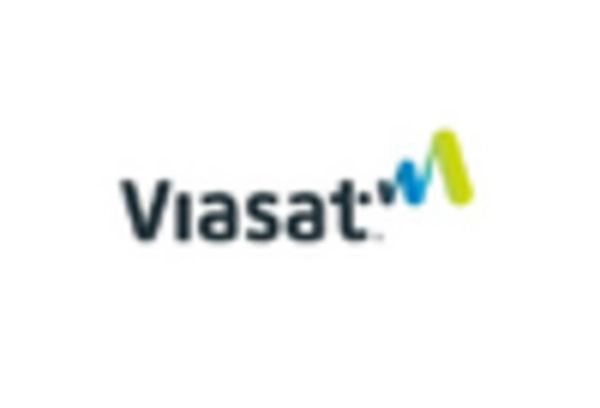








Leave a Comment